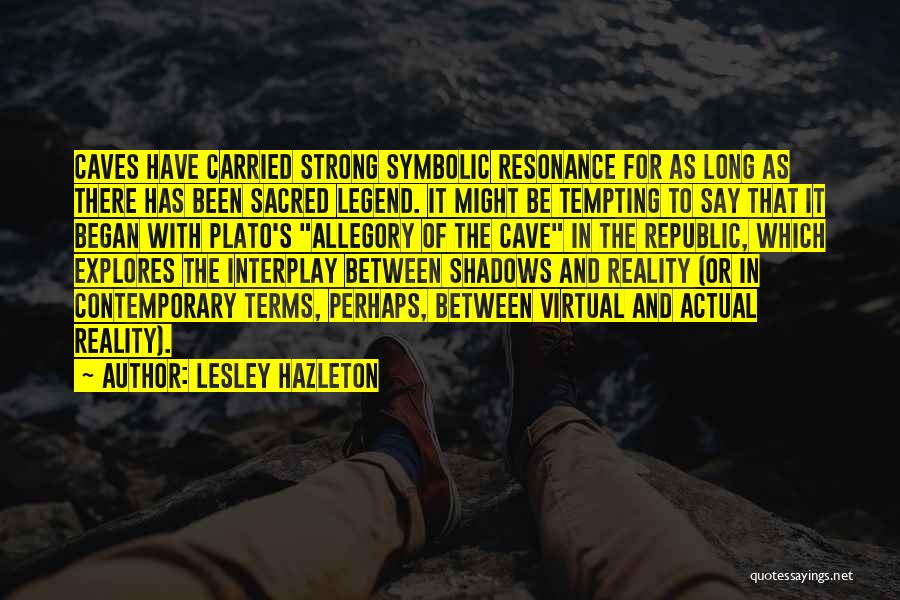

They will be painfully blinded as soon as they encounter light.

Imagine now that the prisoners start to leave the cave. Most likely they will be confused and horrified and unwilling to accept that these objects caused the shadows. They look behind them and see the objects that caused the shadows. Now imagine that the prisoners are released from their chains. Appearance is mistaken for reality, and thus there is no real knowledge. To the chained men, the shadows are real they have no conception of the objects that cause the shadows. Behind them are a burning fire and a half wall where puppeteers hold up puppets that cast shadows. They cannot move their heads and therefore cannot look sideways or behind they only can look forward. There is a cave in which prisoners are chained facing a wall. With the cave allegory that Plato offers in the “Republic” to draw the line between appearance and reality, we have a potentially powerful tool for understanding the crisis of the addicted person. An allegory allows us to unpack many of those dimensions that escape more scientific description. But it does offer the potential for a sort of insight that conceptual analysis can not. Allegory - a story that functions as an extended metaphor and has both literal and figurative meanings - is clearly not science.

"A sort of recognition may be found in examining allegory, in this case, a very familiar one from Plato. There she wrote and I quote a snippet of it: This article was published in the New York Times Newspaper. I read a wonderful article on Plato's allegory of cave and addiction by Peg O'Connor titled In the Cave: Philosophy and Addiction.


 0 kommentar(er)
0 kommentar(er)
